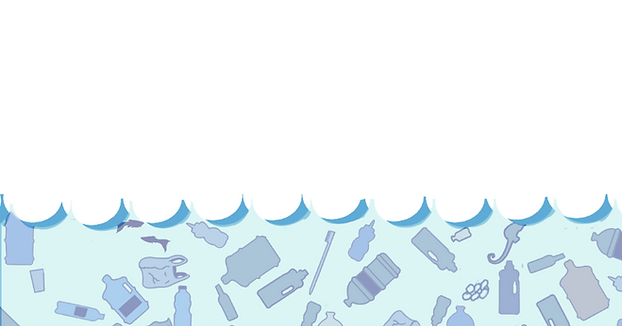Ocean Alliance was founded in 1971 by biologist Roger Payne. Led by Dr Payne and Chief Executive Officer Iain Kerr, Ocean Alliance collects a broad spectrum of data on whales relating particularly to toxicology, bioacoustics, behaviour and genetics.
Working with that data they give information to policy makers, politicians, non-governmental organizations, educators and students about ocean pollution and the health of sea life, especially marine mammal populations. The data has become the basis of many conservation success stories.
Ocean Alliance's longstanding scientific partner is the Wise Laboratory of Environmental and Genetic Toxicology who conduct state-of-the-art research aimed at understanding how environmental toxicants affect the health of humans and marine animals.
This mission is accomplished through the pursuit of a number of key objectives, including conducting innovative and multidisciplinary research in toxicology and molecular epidemiology to further the understanding of disease in humans and marine organisms, particularly as they relate to cancer, asthma and reproductive / developmental effects.
A key component to this work is the development of 'Cell lines' from different species they encounter. To develop a cell line one needs the freshest sample possible – ie the sample needs to be taken from the animal and put into culture within 24 hours. In most cases the Odyssey is more than 24 hours from a cell line laboratory, and this is often compounded by delays created by new international regulations involving the transportation of living cells across international borders.
To solve this problem the Ocean Alliance is building what might be the first ever cell line laboratory at sea. With this floating laboratory samples can be collected and put into culture within hours. "The opportunities presented by this laboratory are enormous", say Dr Wise.
The first comprehensive report from the Voyage will soon be sent to over
2,500 people and all those involved with the voyage. While the Odyssey visited over 120 ports and 22 countries - many of these countries / people do not know how the work that they did fits into the bigger picture.






